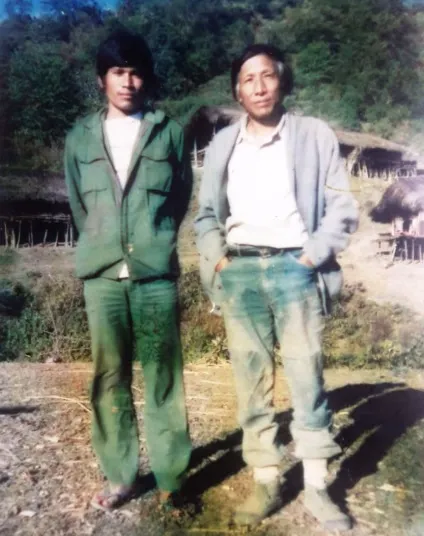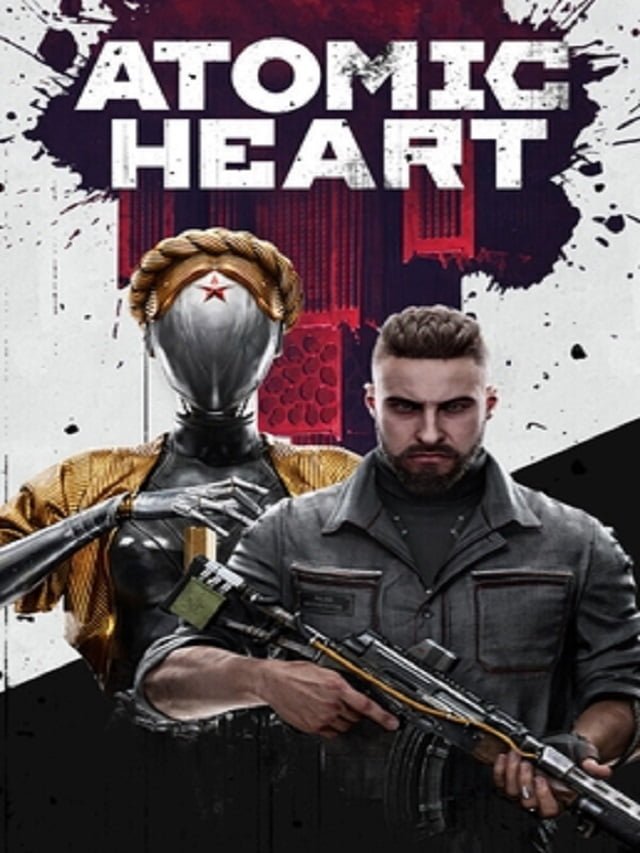Last Updated on February 21, 2023 by SPN Editor
Irengbam Chaoren, affectionately referred to by RPF cadres as “Sir Ahal” – RPF President (Revolutionary People’s Front) died tragically on the auspicious day of 10 February 2023, after a long terminal illness. May His Soul Rest in Peace in the Heavenly Kingdom!
Irengbam Chaoren, the eldest son of Late Irengbam Ibomcha and Tongbram Ningol Irengbam Ongbi Jamuna, was born on 2 November 1957, the 10 Hiyanggei at Khagempalli Huidrom Leikai. Irengbam Chaoren began his education at the Khagempalli Huidrom Leikai LP School.
After attending the Keishamthong ME School in Elangbam Leikai, he went to the Ramlal Paul High School in 1974 and passed the High School Leaving Certificate Examination (HSLCE). He completed the Pre-University Course (Science) in 1976 from Oriental College.
Irengbam Chaoren began his maiden journey as a young revolutionary while studying for a Bachelor of Arts at Manipur College.
Irengbam Chaoren was a sports enthusiast who excelled at badminton and football. He participated in community club activities and learned Thang-Ta (an Indigenous Martial Arts Form) from various teachers.
Feeling the pain of India’s forcible annexation of Manipur (15 October 1949) and the strong desire for an armed liberation movement against Indian colonialism, Irengbam Chaoren attended several meetings of the former Revolutionary Government of Manipur (RGM) while still in high school in 1974. He met several leaders and gathered useful revolutionary knowledge from the seniors.
Ahal also attended a secret college established by the RGM to gain more massive political wisdom. Following a 5-day Revolutionary Leadership Training, Sir Ahal traveled throughout Manipur to meet with young people and youths in order to instill revolutionary ideas in order to build a massive movement.
Despite huge ideological differences among the RGM’s top leaders, Irengbam Chaoren supported an armed revolutionary movement while also preparing to travel to China for military and political training. However, after the Second Journey was intercepted by Indian security forces in 1977, he was unable to reach China.
When the trainees returned from China in 1978, Chaoren joined the People’s Liberation Army and rose to become a prominent PLA Soldier with many golden assignments under his belt. He was instrumental in establishing April 13 as “Athoubasinggee Numit” (Patriots’ Day) and the prohibition of Indian-made foreign liquor (IMFL).
Irengbam Chaoren moved to Kachin State in modern-day Myanmar in 1982. His political maturity received a silver lining when he led the First Party Congress of the Revolutionary People’s Front (RPF, founded in 1979) in 1990, following Oja Bisheswar’s entry into the Indian electoral system as an MLA and the apparent surrender of some top PLA leaders.
He was unanimously elected President of the RPF and served until his death on February 10, 2023. At the time of his death, he was also the Convener of the CorCom.Irengbam Chaoren took on a formidable task in the formation of RJC, MPLF, and CorCom after becoming President of RPF, sensing the need for the unification of all revolutionary forces in the WESEA (Western South East Asia) Region.
He met with several leaders, including SS Khaplang of Nagaland, Poresh Asom of Assam, and Ranjit Devburman of Tripura, to strengthen the liberation movements in the WESEA Region and to launch a United Front.
Irengbam Chaoren established a strict Foreign Policy by taking a diplomatic turn and internationalizing the Manipur National Liberation Movement. The RPF submitted a Memorandum for the Decolonization of Manipur from Indian Colonialism twice, on 11 December 1996 and 21 September 1999, with Irengbam Chaoren as a signatory.
Irengbam Chaoren catapulted Manipur as the Fourth Nation in the World after the PLO (Palestine), the ANC (South Africa), and the SWAPO (Namibia) when he made the RPF declare to abide by the Common Article 3 of the Four Geneva Conventions, 1949 on 6 August 1997, while the UN Human Rights Commission Session was taking place, and the entire world began to recognize Manipur People’s Struggle as a legitimate National Liberation.
Sir Ahal’s Message to the revolutionary friends
“We must work tirelessly, seeing no pain or distress, to achieve Manipur’s liberation during our time.”
“A revolution has no meaning unless people move. We should make progress all the time”.
Irengbam Chaoren addressed his comrades at the start of the Russia-Ukraine War-2022, saying, “Friends! Now is the time to prepare for the outbreak of the Third World War. Now is the perfect time for the Manipur people and revolutionaries to take the right political step in deciding who to support for Manipur’s liberation at this critical juncture, lest Manipur’s situation deteriorates as it did during the Second World War by siding with false friends.”
“To make Manipur self-sufficient by banning some types of imported Indian fish as a gradual continued policy in 2024 and increasing Manipur’s fish productivity.”
“Friends! Now the Party has been passed down to YOU. Make the Party stronger and liberate our Motherland”. (Written message to the Comrades from his deathbed).
“Manipur’s ethnic communities are inseparable. We should bring every solution whenever any conflict arises among our brethren”.
“Wide afforestation of Manipur Hills and Plains to take part as a citizen of the world in preventing global warming and saving the environment”.
“Take the greatest responsibility in uniting all revolutionary forces of Manipur.”
In 1982, around 86 cadres of the party, including ten women set out on their journey to Kachin State. Three soldiers were killed in an ambush by the Naga National Council (NNC). We met some National Socialist Council of Nagaland (NSCN) cadres at a fork in the road in the deep woods. We asked the cadres to notify the NSCN Headquarters of their impending arrival. We checked in at the NSCN’s 1st Battalion after receiving appropriate information and stayed there for a few days before receiving a formal invitation from Oja Muivah at the NSCN Headquarters. We could see how the three NSCN leaders – Isak Chisi Swu, Shangwang Shangyung Khaplang, and Thuingaleng Muivah – put up a well-coordinated life in the jungle that inspired us endlessly.

Most importantly, because he was fluent in Meeteilon, Oja Muivah provided us with invaluable information about revolutionary movements. Later, Th. Muivah dispatched a Captain with us to Kachin State.
We, the RPF, send out Red Salutes to Oja Muivah for assisting us in our times of need for the umpteenth time. Finally, we urge Oja Muivah to take the lead in uniting all revolutionary groups in the region and waging a United War.” – Irengbam Chaoren.
2 thoughts on “Irengbam Chaoren’s liberation movements in the WESEA”
Comments are closed.


[…] the outfit observed the 44th Raising Day on Saturday in a low-key manner in view of president Irengbam Chaoren‘s untimely […]
[…] the outfit observed the 44th Raising Day on Saturday in a low-key manner in view of president Irengbam Chaoren‘s untimely […]